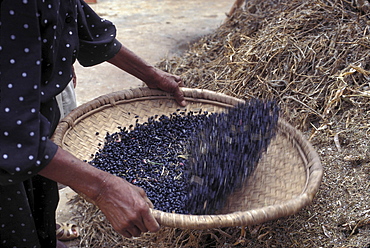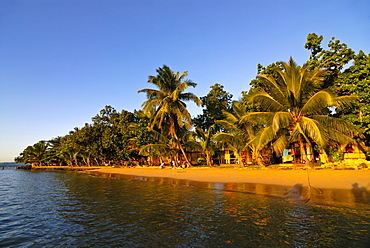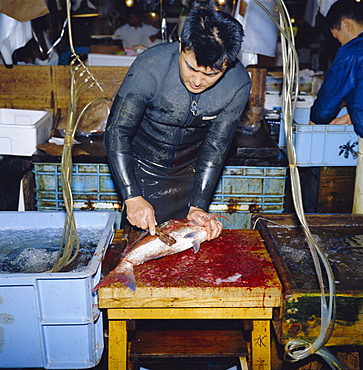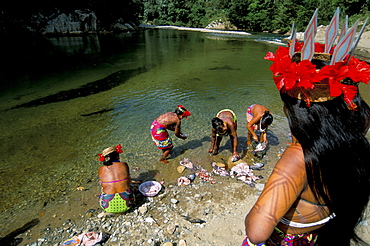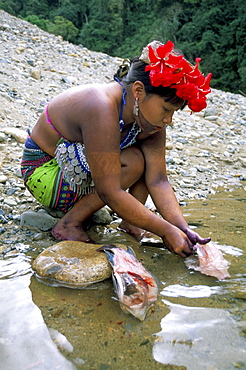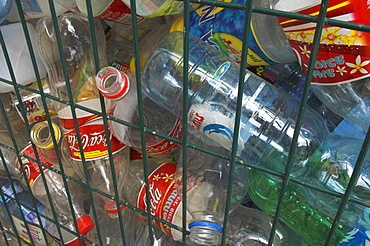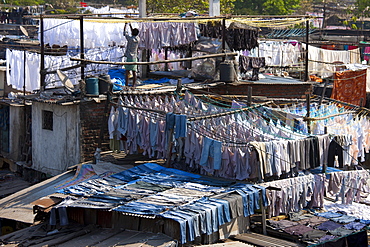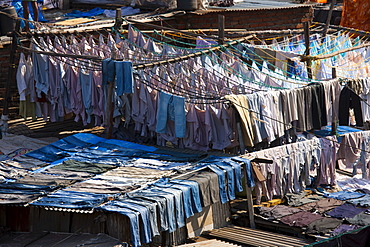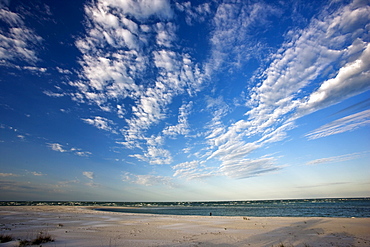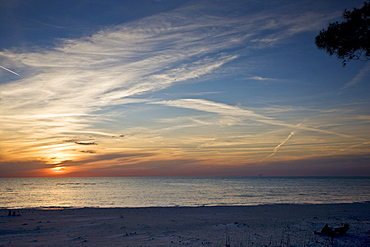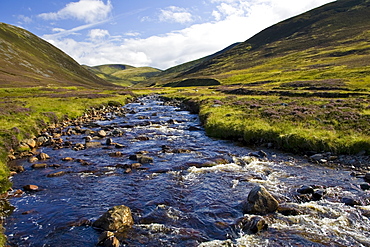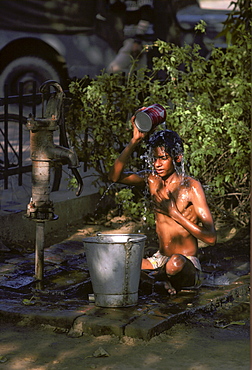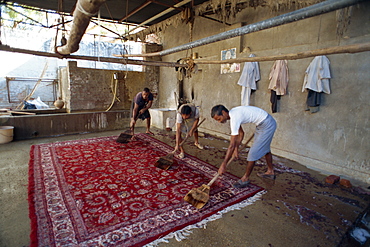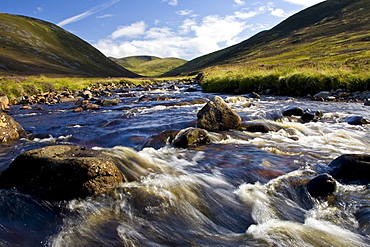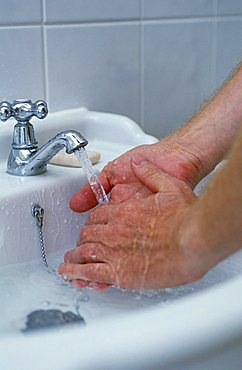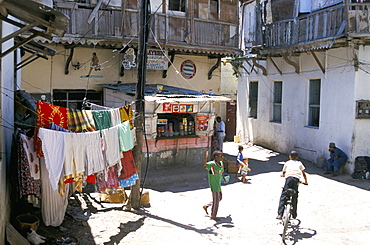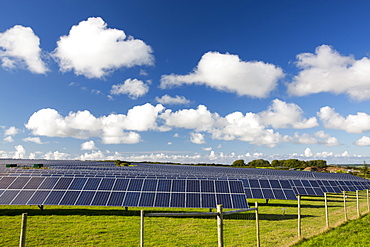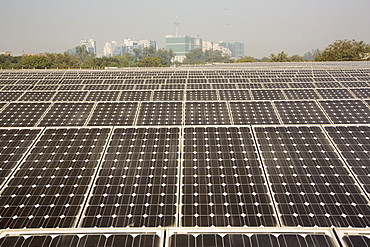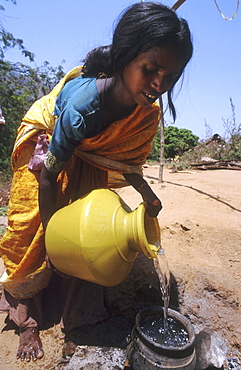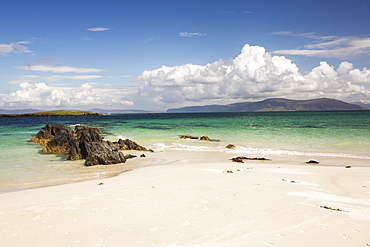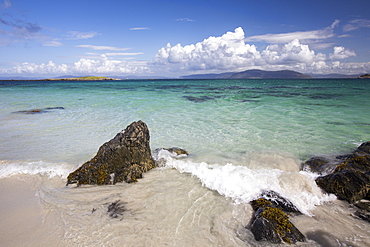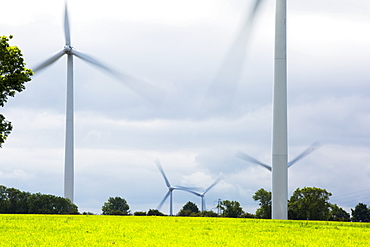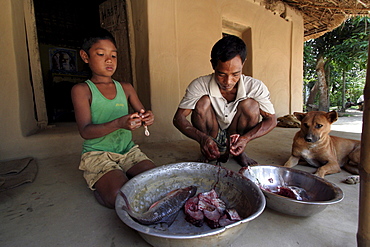Results
« Previous 1 2
122 results found
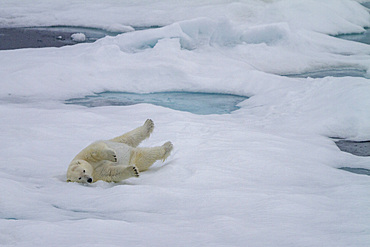
Adult female polar bear (Ursus maritimus) rolling in snow to clean its fur on multi-year ice floes in Franz Josef Land, Russia, Arctic Ocean, Eurasia
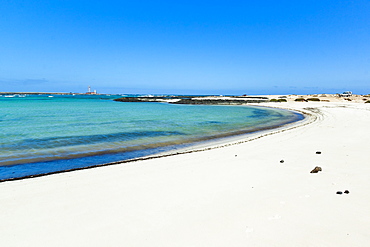
Peaceful northern sandy beach on the road to Corralejo near this quiet village, El Cotillo, Fuerteventura, Canary Islands, Spain, Atlantic, Europe
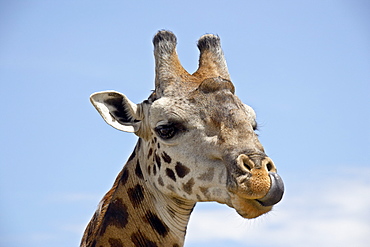
Masai giraffe (Giraffa camelopardalis tippelskirchi) cleaning its nose, Masai Mara National Reserve, Kenya, East Africa, Africa
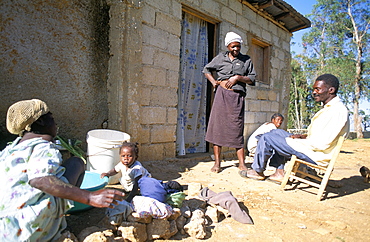
Woman washing clothes outside shack, Godet, Haiti, island of Hispaniola, West Indies, Central America
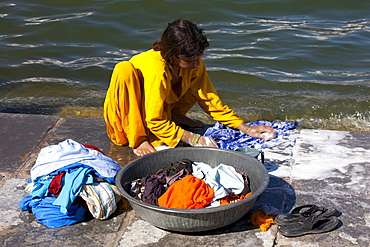
Young Indian girl squatting down to do her laundry in the waters of Lake Pichola, Udaipur, Rajasthan, Western India
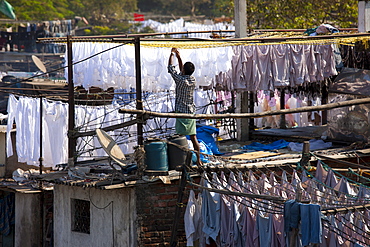
Traditional Indian professional hand laundry, Dhobi Ghat, and laundryman hanging clothes to dry in Mahalaxmi, Mumbai, India
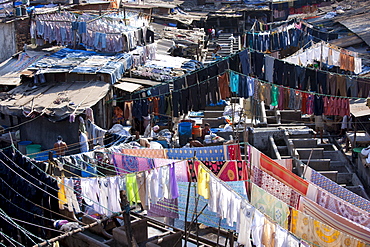
Indian hand laundry, Dhobi Ghat, and laundrymen with traditional flogging stones to wash clothing at Mahalaxmi, Mumbai, India
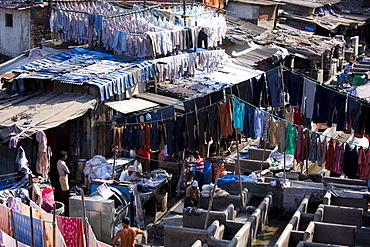
Indian hand laundry, Dhobi Ghat, and laundrymen using traditional flogging stones to wash clothing at Mahalaxmi, Mumbai, India
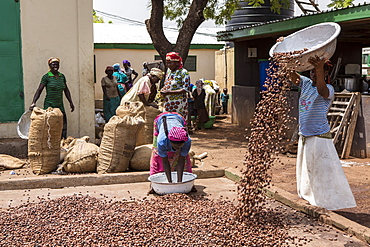
The women of Kasalagu Womens Cooperative drying clean Shea nuts to make Organic Shea butter for Tama, Tamale, Northern Region, Ghana, West Africa, Africa
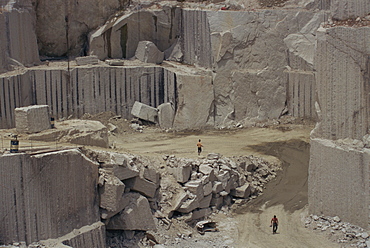
Men walking past clean faces for block extraction in granite quarry, Budduro, Sardinia, Italy, Europe
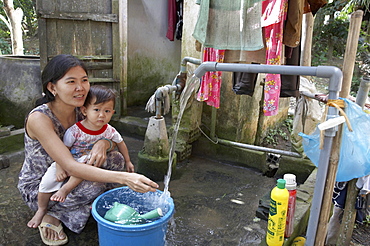
Vietnam community water purifying project in village of tam phu, tam pinh district in vinh long province. previously the community would take water directly from a canal, for drinking. thanks to this project, they now have safe drining water. fran thi bich ngoc and her child vo truong vy, taking safe drinking water from a faucet in their home
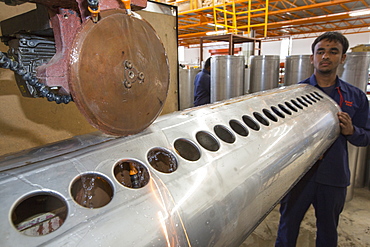
The Kamal factory in Bangalore, Karnataka, India that manufactures solar thermal panels for heating water.
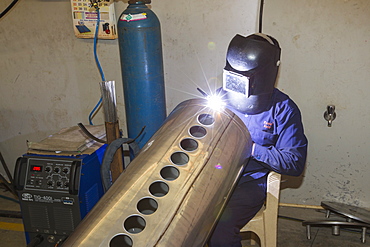
The Kamal factory in Bangalore, Karnataka, India that manufactures solar thermal panels for heating water.
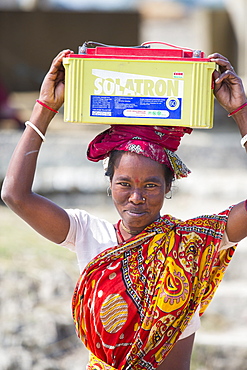
A WWF project to supply electricity to a remote island in the Sunderbans, a low lying area of the Ganges Delta in Eastern India, that is very vulnerable to sea level rise. Prior to this project the subsistence farmers had no access to electricity. The project involves charging large batteries from solar panels. Each villager collects a battery to run household lighting, and returns to the recharging station once a week to recharge their battery. This shot shows women carrying the heavy batteries (20Kg) from the charging station.
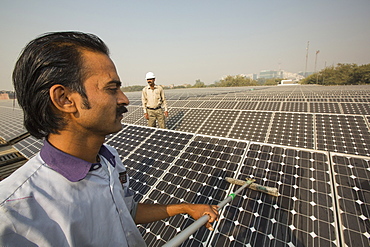
Workers washing the dust off solar panels at a 1 MW solar power station run by Tata power on the roof of an electricity company in Delhi, India, to make them more efficient.
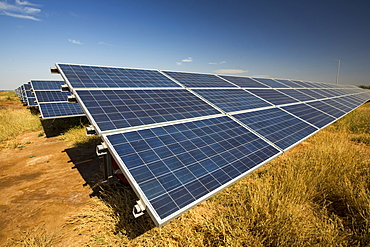
Asia's largest solar popwer station, the Gujarat Solar Park, in Gujarat, India. It has an installed capacity of 1000 MW
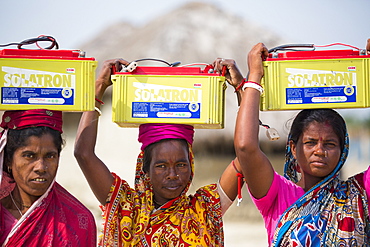
A WWF project to supply electricity to a remote island in the Sunderbans, a low lying area of the Ganges Delta in Eastern India, that is very vulnerable to sea level rise. Prior to this project the subsistence farmers had no access to electricity. The project involves charging large batteries from solar panels. Each villager collects a battery to run household lighting, and returns to the recharging station once a week to recharge their battery. This shot shows women carrying the heavy batteries (20Kg) from the charging station.

The Kamal factory in Bangalore, Karnataka, India that manufactures solar thermal panels for heating water.

Asia's largest solar popwer station, the Gujarat Solar Park, in Gujarat, India. It has an installed capacity of 1000 MW
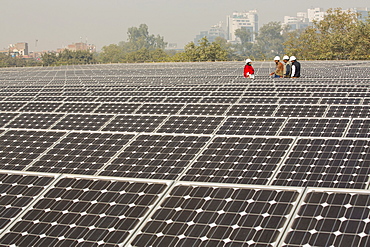
Workers at a 1 MW solar power station run by Tata power on the roof of an electricity company in Delhi, India.
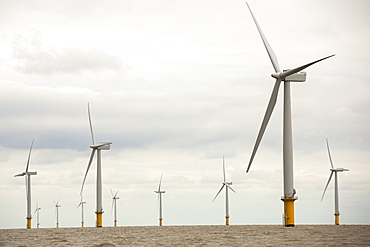
Gunfleet Sands offshore wind farm is owned and operated by Dong energy. It consists of 48 turbines off Brightlingsea in essex, UK, and has a capacity of 172 MW, enough to power 125,000 homes.
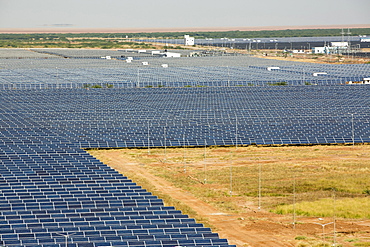
Asia's largest solar popwer station, the Gujarat Solar Park, in Gujarat, India. It has an installed capacity of 1000 MW
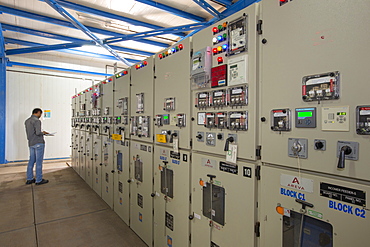
Asia's largest solar power station, the Gujarat Solar Park, in Gujarat, India. It has an installed capacity of 1000 MW
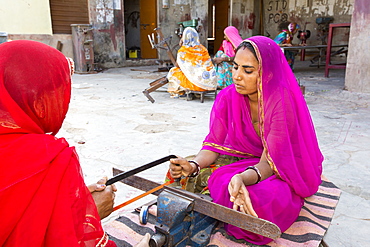
Women constructing solar cookers at the Barefoot College in Tilonia, Rajasthan, India. The Barefoot College is a worldwide charity, founded by Bunker Roy, its aims are, education, drinking water, electrification through solar power, skill development, health, women empowerment and the upliftment of rural people. The use of the cookers, vastly reduces the amount of fire wood women have to go out and collect from the forest.
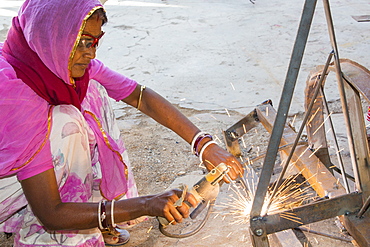
Women welding joints during the construction of solar cookers at the Barefoot College in Tilonia, Rajasthan, India. The Barefoot College is a worldwide charity, founded by Bunker Roy, its aims are, education, drinking water, electrification through solar power, skill development, health, women empowerment and the upliftment of rural people. Solar cookers save women having to walk to the froest to cut down wood for cooking, thus saving the forests, and a daily chore for woman.
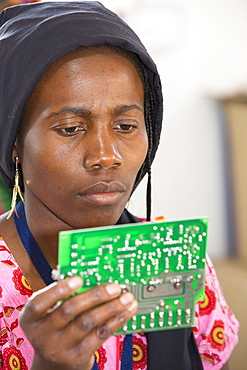
Women on a solar workshop, learning how to make solar lanters at the Barefoot College in Tilonia, Rajasthan, India. The Barefoot College is a worldwide charity, founded by Bunker Roy, its aims are, education, drinking water, electrification through solar power, skill development, health, women empowerment and the upliftment of rural people. Many of the women are iliterate or semi literate. They are trained from countries all over the world, so that they can take their skills back and cascade the learning.
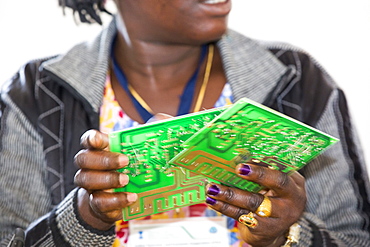
Women on a solar workshop, learning how to make solar lanters at the Barefoot College in Tilonia, Rajasthan, India. The Barefoot College is a worldwide charity, founded by Bunker Roy, its aims are, education, drinking water, electrification through solar power, skill development, health, women empowerment and the upliftment of rural people. Many of the women are iliterate or semi literate. They are trained from countries all over the world, so that they can take their skills back and cascade the learning.
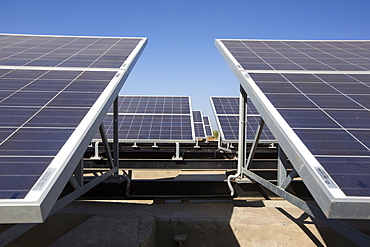
Solar panelsproviding electricity at the Barefoot College in Tilonia, Rajasthan, India. The Barefoot College is a worldwide charity, founded by Bunker Roy, its aims are, education, drinking water, electrification through solar power, skill development, health, women empowerment and the upliftment of rural people.
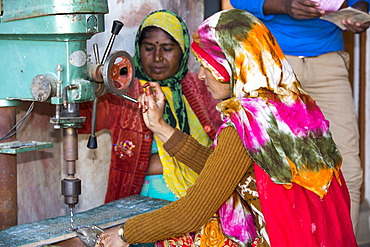
Women building solar cookers at the Barefoot College in Tilonia, Rajasthan, India. The Barefoot College is a worldwide charity, founded by Bunker Roy, its aims are, education, drinking water, electrification through solar power, skill development, health, women empowerment and the upliftment of rural people.
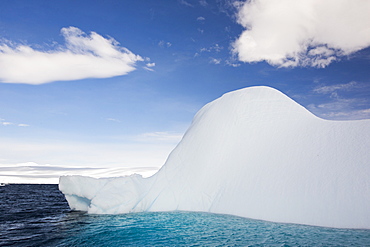
An iceberg melting in Suspiros Bay off Joinville Island just off the Antarctic Peninsular. The peninsular is one of the fastest warming places on the planet.
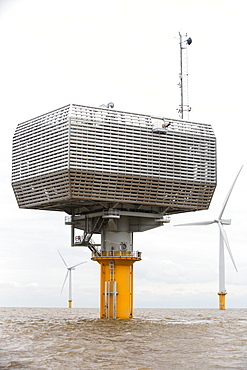
Gunfleet Sands offshore wind farm, including the sub station is owned and operated by Dong energy. It consists of 48 turbines off Brightlingsea in essex, UK, and has a capacity of 172 MW, enough to power 125,000 homes
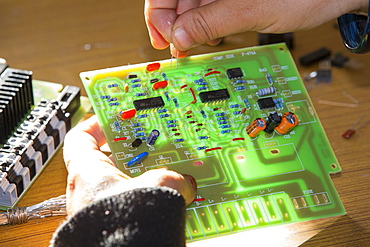
Women on a solar workshop, learning how to make solar lanters at the Barefoot College in Tilonia, Rajasthan, India. The Barefoot College is a worldwide charity, founded by Bunker Roy, its aims are, education, drinking water, electrification through solar power, skill development, health, women empowerment and the upliftment of rural people. Many of the women are iliterate or semi literate. They are trained from countries all over the world, so that they can take their skills back and cascade the learning.

Women on a solar workshop, learning how to make solar lanters at the Barefoot College in Tilonia, Rajasthan, India. The Barefoot College is a worldwide charity, founded by Bunker Roy, its aims are, education, drinking water, electrification through solar power, skill development, health, women empowerment and the upliftment of rural people. Many of the women are iliterate or semi literate. They are trained from countries all over the world, so that they can take their skills back and cascade the learning.
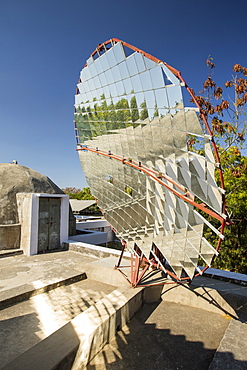
Solar cookers at the Barefoot College in Tilonia, Rajasthan, India. The Barefoot College is a worldwide charity, founded by Bunker Roy, its aims are, education, drinking water, electrification through solar power, skill development, health, women empowerment and the upliftment of rural people. The use of the cookers, vastly reduces the amount of fire wood women have to go out and collect from the forest.
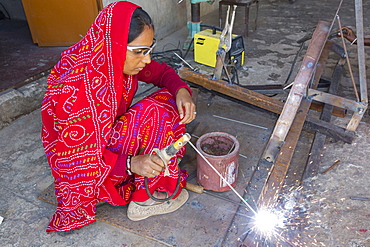
Women welding joints during the construction of solar cookers at the Barefoot College in Tilonia, Rajasthan, India. The Barefoot College is a worldwide charity, founded by Bunker Roy, its aims are, education, drinking water, electrification through solar power, skill development, health, women empowerment and the upliftment of rural people. Solar cookers save women having to walk to the froest to cut down wood for cooking, thus saving the forests, and a daily chore for woman.

Women on a solar workshop, learning how to make solar lanters at the Barefoot College in Tilonia, Rajasthan, India. The Barefoot College is a worldwide charity, founded by Bunker Roy, its aims are, education, drinking water, electrification through solar power, skill development, health, women empowerment and the upliftment of rural people. Many of the women are iliterate or semi literate. They are trained from countries all over the world, so that they can take their skills back and cascade the learning.
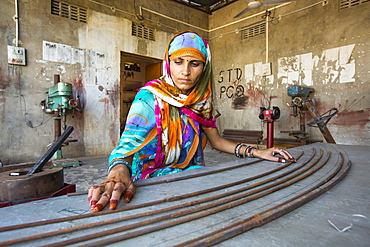
Women constructing solar cookers at the Barefoot College in Tilonia, Rajasthan, India. The Barefoot College is a worldwide charity, founded by Bunker Roy, its aims are, education, drinking water, electrification through solar power, skill development, health, women empowerment and the upliftment of rural people. The use of the cookers, vastly reduces the amount of fire wood women have to go out and collect from the forest.
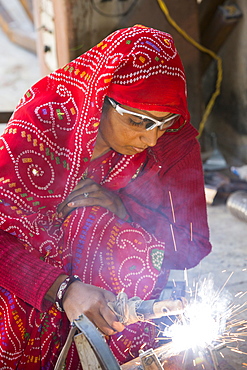
Women welding joints during the construction of solar cookers at the Barefoot College in Tilonia, Rajasthan, India. The Barefoot College is a worldwide charity, founded by Bunker Roy, its aims are, education, drinking water, electrification through solar power, skill development, health, women empowerment and the upliftment of rural people. Solar cookers save women having to walk to the froest to cut down wood for cooking, thus saving the forests, and a daily chore for woman.
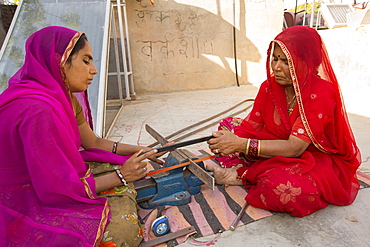
Women constructing solar cookers at the Barefoot College in Tilonia, Rajasthan, India. The Barefoot College is a worldwide charity, founded by Bunker Roy, its aims are, education, drinking water, electrification through solar power, skill development, health, women empowerment and the upliftment of rural people.

Women constructing solar cookers at the Barefoot College in Tilonia, Rajasthan, India, demonstrate how hot the device is, by holding a sheet of newspaper which instantly sets on fire in the 300 degree Celcius heat. The Barefoot College is a worldwide charity, founded by Bunker Roy, its aims are, education, drinking water, electrification through solar power, skill development, health, women empowerment and the upliftment of rural people. The use of the cookers, vastly reduces the amount of fire wood women have to go out and collect from the forest.
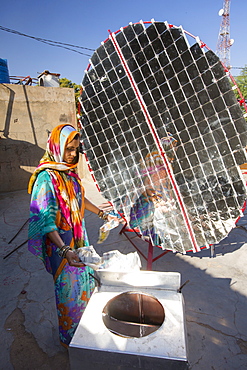
Women constructing solar cookers at the Barefoot College in Tilonia, Rajasthan, India. The Barefoot College is a worldwide charity, founded by Bunker Roy, its aims are, education, drinking water, electrification through solar power, skill development, health, women empowerment and the upliftment of rural people.
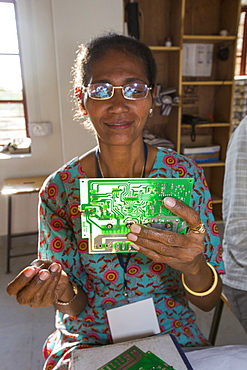
Women on a solar workshop, learning how to make solar lanters at the Barefoot College in Tilonia, Rajasthan, India. The Barefoot College is a worldwide charity, founded by Bunker Roy, its aims are, education, drinking water, electrification through solar power, skill development, health, women empowerment and the upliftment of rural people. Many of the women are iliterate or semi literate. They are trained from countries all over the world, so that they can take their skills back and cascade the learning.
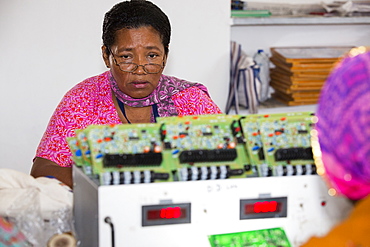
Women on a solar workshop, learning how to make solar lanters at the Barefoot College in Tilonia, Rajasthan, India. The Barefoot College is a worldwide charity, founded by Bunker Roy, its aims are, education, drinking water, electrification through solar power, skill development, health, women empowerment and the upliftment of rural people. Many of the women are iliterate or semi literate. They are trained from countries all over the world, so that they can take their skills back and cascade the learning.
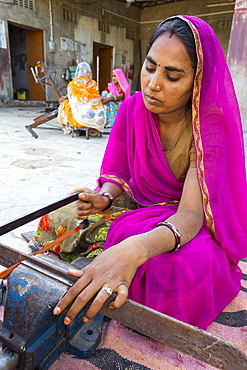
Women constructing solar cookers at the Barefoot College in Tilonia, Rajasthan, India. The Barefoot College is a worldwide charity, founded by Bunker Roy, its aims are, education, drinking water, electrification through solar power, skill development, health, women empowerment and the upliftment of rural people. The use of the cookers, vastly reduces the amount of fire wood women have to go out and collect from the forest.
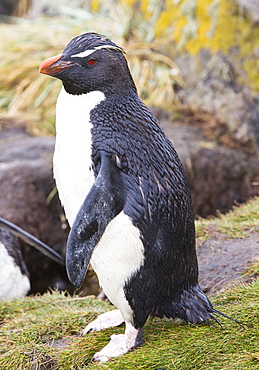
Rockhopper Penguins (Eudyptes chrysocome) washing in a stream on Westpoint island in the Falkland Islands off argentina, in South America. Numbers off rocxkhoppers have declined substantially, partly due to competition with commercial fishing and partly due to climate change, which causes their prey food to migrate to cooler waters.
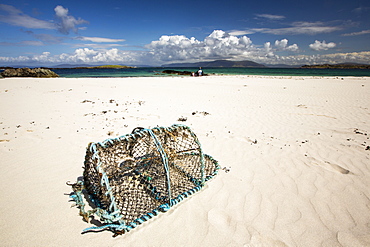
White sand beaches and clean seas on the north coast of Iona, off Mull, Scotland, UK, with a lobster pot washed ashore.
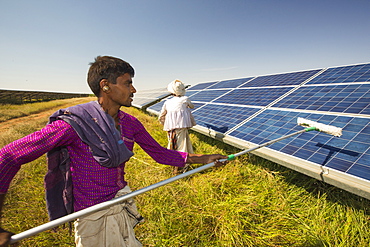
Asia's largest solar popwer station, the Gujarat Solar Park, in Gujarat, India. It has an installed capacity of 1000 MW. Here workers wash dust off the panels to increase their efficiency.
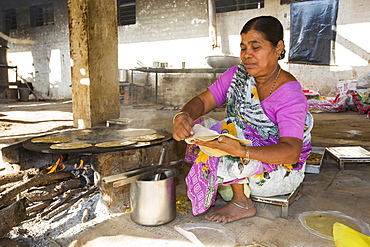
The Muni Seva Ashram in Goraj, near Vadodara, India, is a tranquil haven of humanitarian care. The Ashram is hugely sustainable, next year it will be completely carbon neutral. Its first solar panels were installed in 1984, long before climate change was on anyones agenda. Their energy is provided from solar panels, and wood grown on the estate. Waste food and animal manure is turned inot biogas to run the estates cars and also used for cooking. Solar cookers are also used, and the air conditioning for the hospital is solar run. 70 % of the food used is grown on the estate. They provide an orphanage, schools for all ages, vocational training, care for the elderly, a specialist cancer hospital withstate of the art machinary, and even have a solar crematorium. This shot shows a cook preparing chapatis on a biofuel stove.
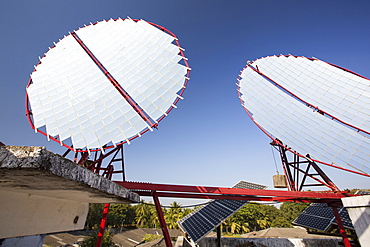
The Muni Seva Ashram in Goraj, near Vadodara, India, is a tranquil haven of humanitarian care. The Ashram is hugely sustainable, next year it will be completely carbon neutral. Its first solar panels were installed in 1984, long before climate change was on anyones agenda. Their energy is provided from solar panels, and wood grown on the estate. Waste food and animal manure is turned inot biogas to run the estates cars and also used for cooking. Solar cookers are also used, and the air conditioning for the hospital is solar run. 70 % of the food used is grown on the estate. They provide an orphanage, schools for all ages, vocational training, care for the elderly, a specialist cancer hospital withstate of the art machinary, and even have a solar crematorium. This shot shows solar panels that focus the suns rays on heat exchangers to boil oil, which is then sent down to the kitchens below to heat the cookers.
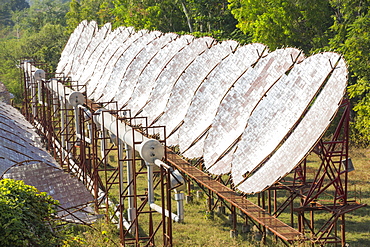
The Muni Seva Ashram in Goraj, near Vadodara, India, is a tranquil haven of humanitarian care. The Ashram is hugely sustainable, next year it will be completely carbon neutral. Its first solar panels were installed in 1984, long before climate change was on anyones agenda. Their energy is provided from solar panels, and wood grown on the estate. Waste food and animal manure is turned inot biogas to run the estates cars and also used for cooking. Solar cookers are also used, and the air conditioning for the hospital is solar run. 70 % of the food used is grown on the estate. They provide an orphanage, schools for all ages, vocational training, care for the elderly, a specialist cancer hospital withstate of the art machinary, and even have a solar crematorium. This shot shows the solar air conditioning for the Ashram's hospital.

Loch Luichart a 69 MW wind farm being constructed on remote wilderness moorland near Garve in the North West Highlands of Scotland. Its construction will deliver clean, carbon neutral electricity, but does involve massive visual intrusion on wilderness land and tearing up of peat rich moorland to build a network of mountain tracks to access the turbines.
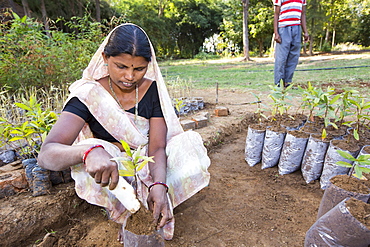
The Muni Seva Ashram in Goraj, near Vadodara, India, is a tranquil haven of humanitarian care. The Ashram is hugely sustainable, next year it will be completely carbon neutral. Its first solar panels were installed in 1984, long before climate change was on anyones agenda. Their energy is provided from solar panels, and wood grown on the estate. Waste food and animal manure is turned inot biogas to run the estates cars and also used for cooking. Solar cookers are also used, and the air conditioning for the hospital is solar run. 70 % of the food used is grown on the estate. They provide an orphanage, schools for all ages, vocational training, care for the elderly, a specialist cancer hospital withstate of the art machinary, and even have a solar crematorium. This shot shows a woman planting trees for onward growth in the Ashrams forests.

Loch Luichart a 69 MW wind farm being constructed on remote wilderness moorland near Garve in the North West Highlands of Scotland. Its construction will deliver clean, carbon neutral electricity, but does involve massive visual intrusion on wilderness land and tearing up of peat rich moorland to build a network of mountain tracks to access the turbines.

The Muni Seva Ashram in Goraj, near Vadodara, India, is a tranquil haven of humanitarian care. The Ashram is hugely sustainable, next year it will be completely carbon neutral. Its first solar panels were installed in 1984, long before climate change was on anyones agenda. Their energy is provided from solar panels, and wood grown on the estate. Waste food and animal manure is turned inot biogas to run the estates cars and also used for cooking. Solar cookers are also used, and the air conditioning for the hospital is solar run. 70 % of the food used is grown on the estate. They provide an orphanage, schools for all ages, vocational training, care for the elderly, a specialist cancer hospital withstate of the art machinary, and even have a solar crematorium. This shot shows the girls school.
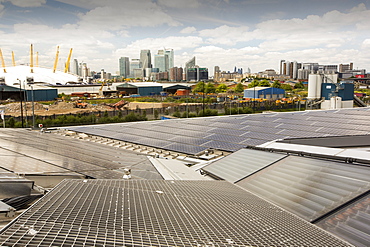
Solar thermal and solar PV panels on the roof of the Crystal building which is the first building in the world to be awarded an outstanding BREEAM (BRE Environmental Assessment Method) rating and a LEED (Leadership in Energy and Environmental Design) platinum rating. London, UK.
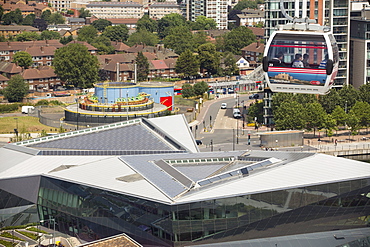
Solar thermal and solar PV panels on the roof of the Crystal building which is the first building in the world to be awarded an outstanding BREEAM (BRE Environmental Assessment Method) rating and a LEED (Leadership in Energy and Environmental Design) platinum rating. London, UK.
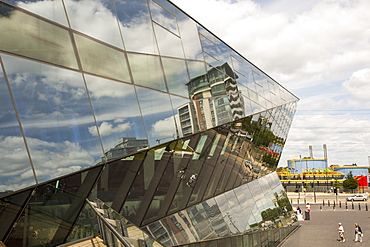
The Crystal building which is the first building in the world to be awarded an outstanding BREEAM (BRE Environmental Assessment Method) rating and a LEED (Leadership in Energy and Environmental Design) platinum rating. London, UK.
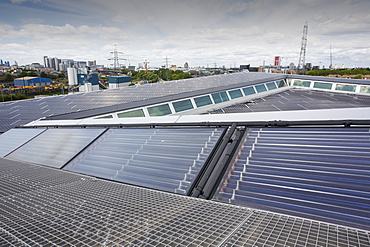
Solar thermal and solar PV panels on the roof of the Crystal building which is the first building in the world to be awarded an outstanding BREEAM (BRE Environmental Assessment Method) rating and a LEED (Leadership in Energy and Environmental Design) platinum rating. London, UK.
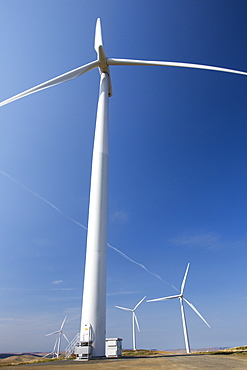
The Clyde Wind Farm in the Southern Uplands of Scotland near Biggar. It is one of europes largest incorporating 152 wind turbines that produce 350 MW and covers 47 square kilomtres
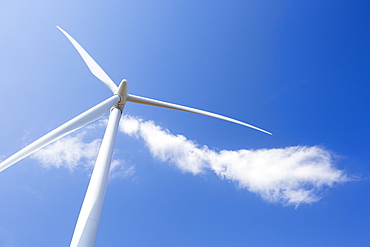
The Clyde Wind Farm in the Southern Uplands of Scotland near Biggar. It is one of europes largest incorporating 152 wind turbines that produce 350 MW and covers 47 square kilomtres
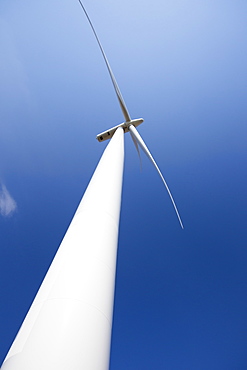
The Clyde Wind Farm in the Southern Uplands of Scotland near Biggar. It is one of europes largest incorporating 152 wind turbines that produce 350 MW and covers 47 square kilomtres

An electric car recharging station at the Charnock Richard M6 motorway service station, Lancashire, England, United Kingdom, Europe

Solar panels and wind turbines on a farm near Woodhouse Eaves in Leicestershire, England, United Kingdom, Europe
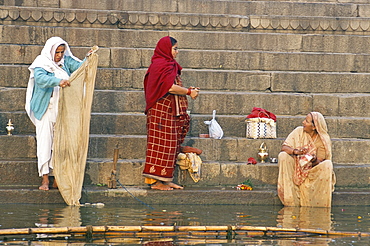
Women washing and gossiping by steps to River Ganges, Varanasi (Benares), Uttar Pradesh, India, Asia

An electric car recharging station at the Charnock Richard M6 motorway service station, Lancashire, England, United Kingdom, Europe
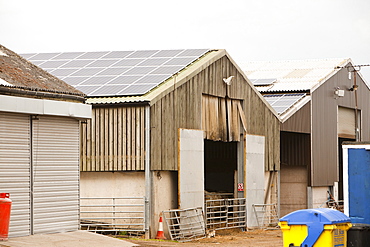
A 35 Kw solar panel system on a barn roof on a farm in Leicestershire, England, United Kingdom, Europe
